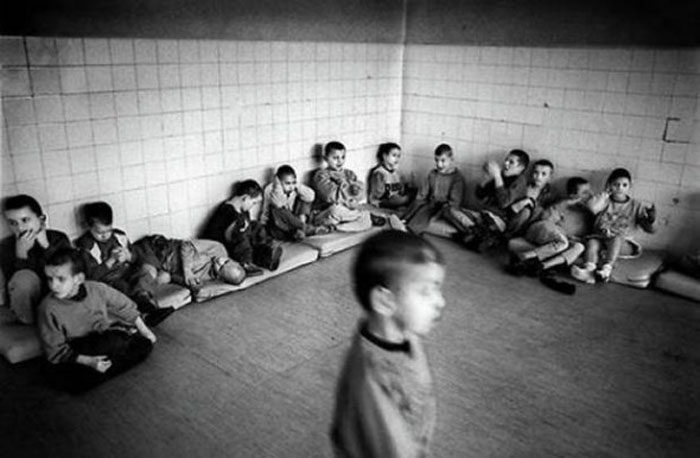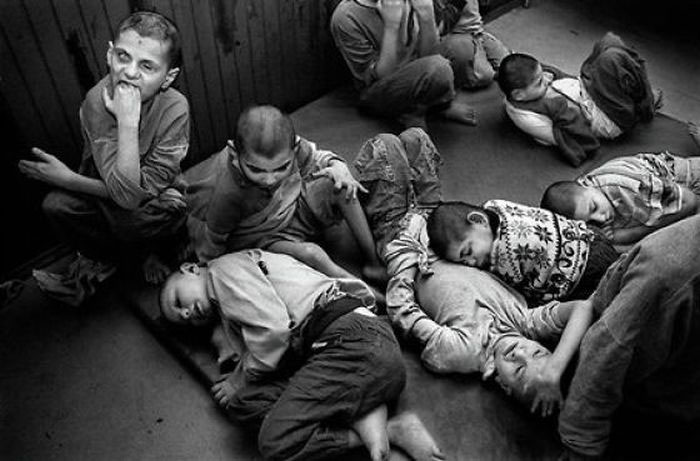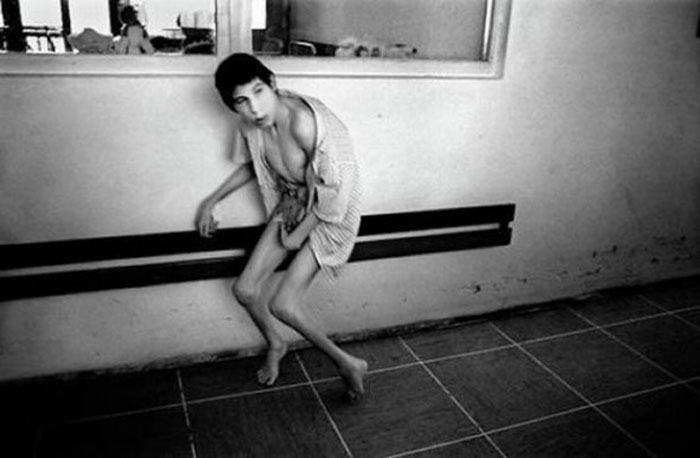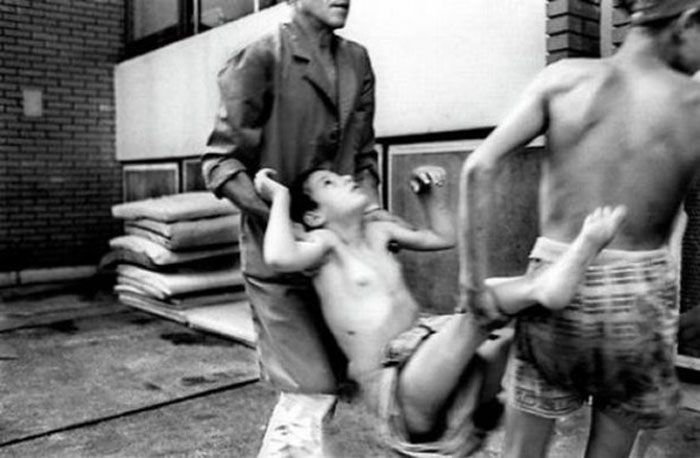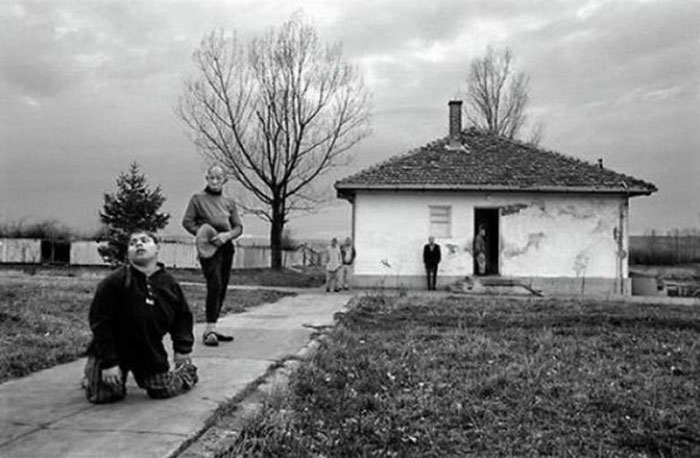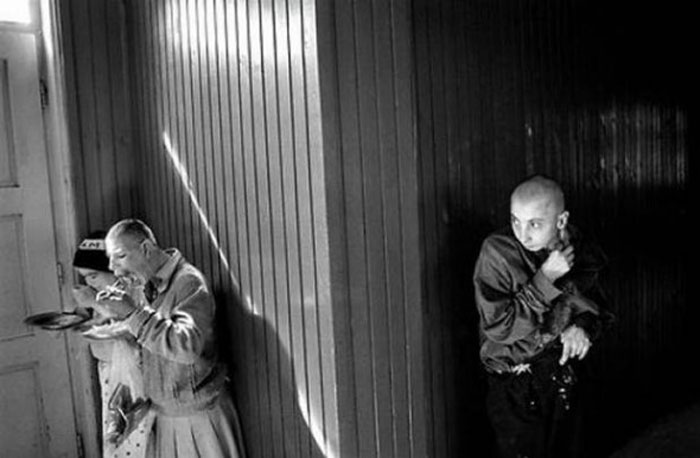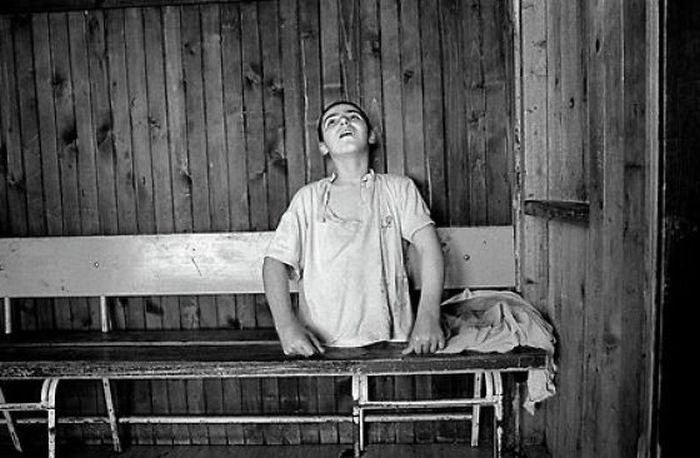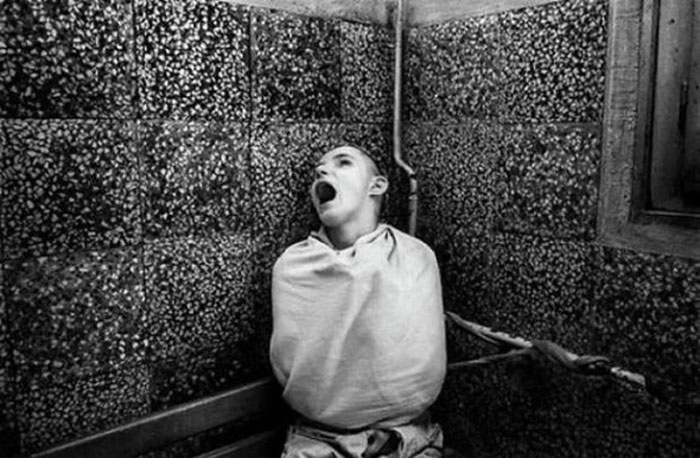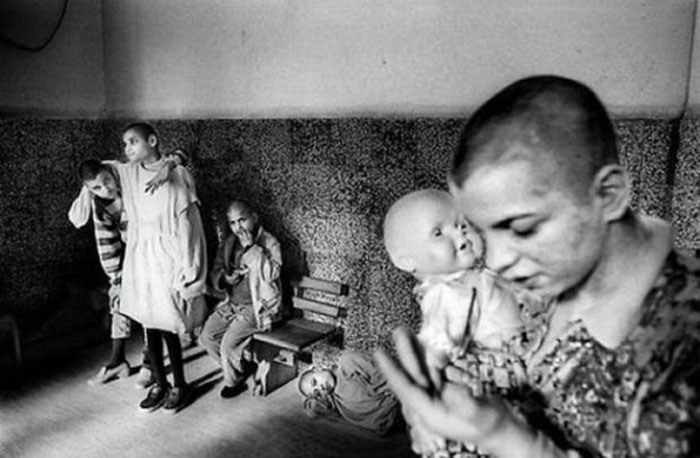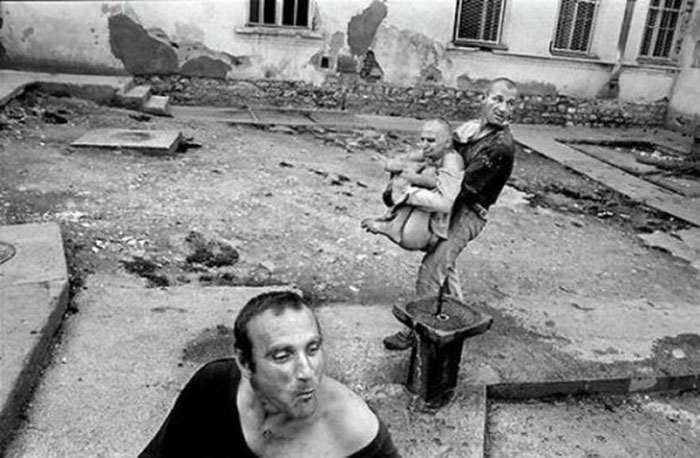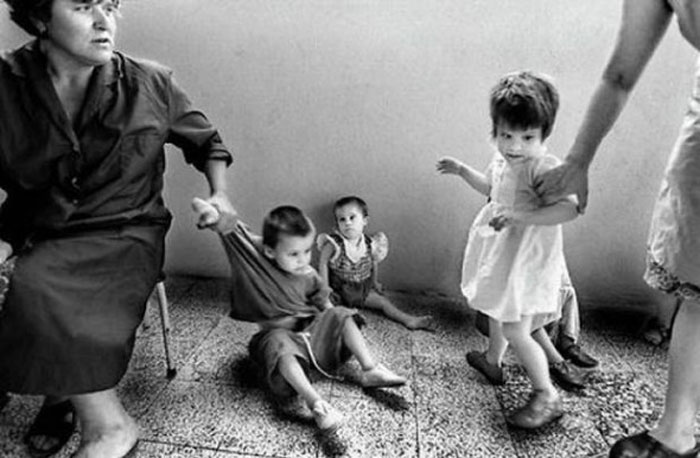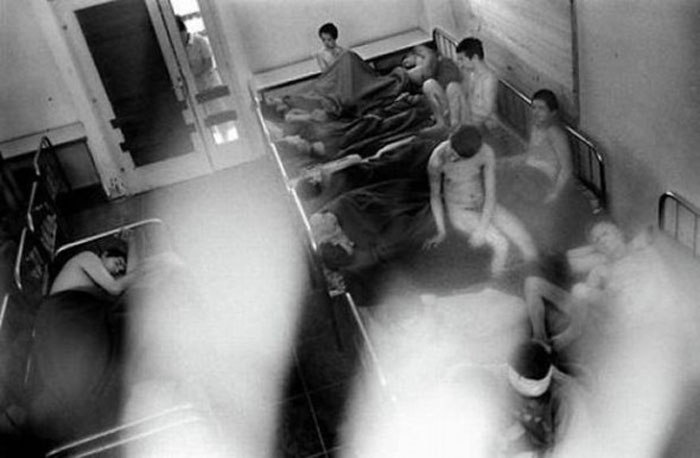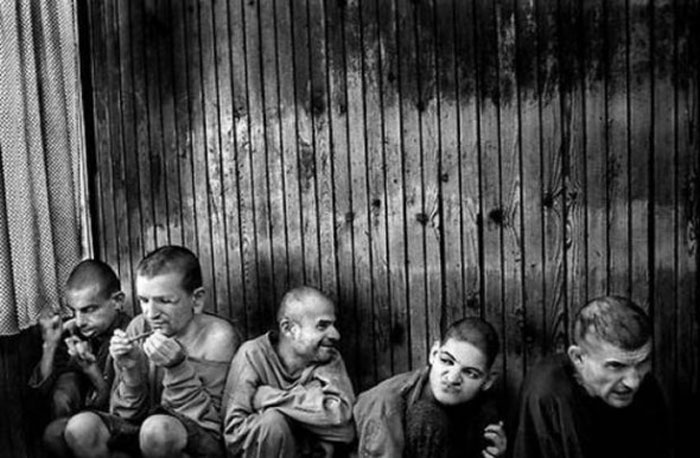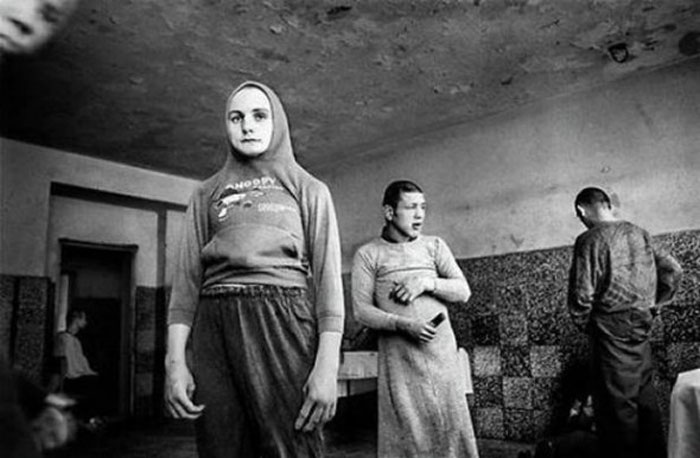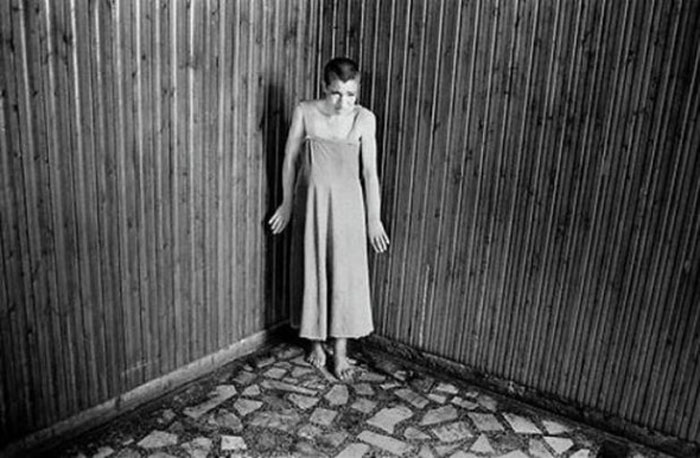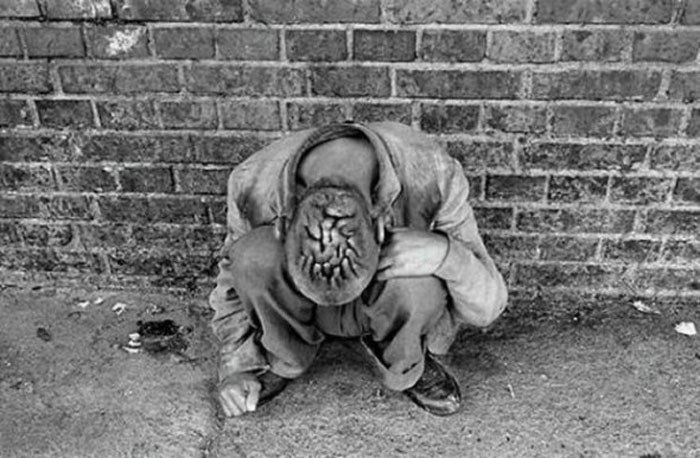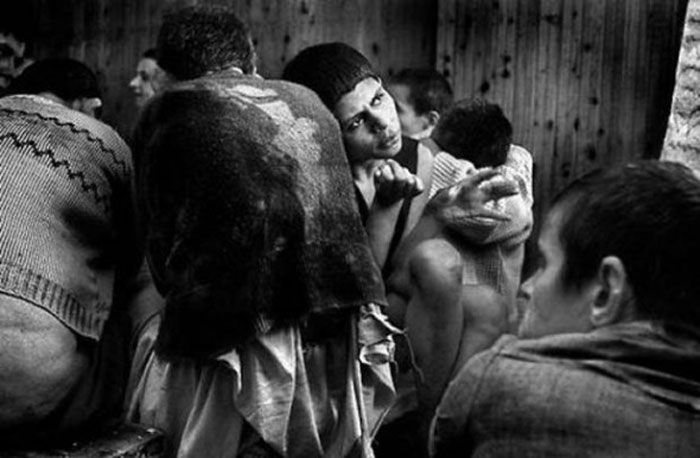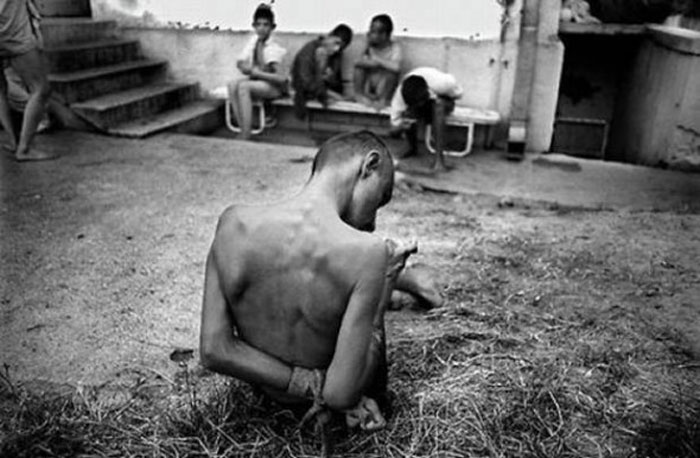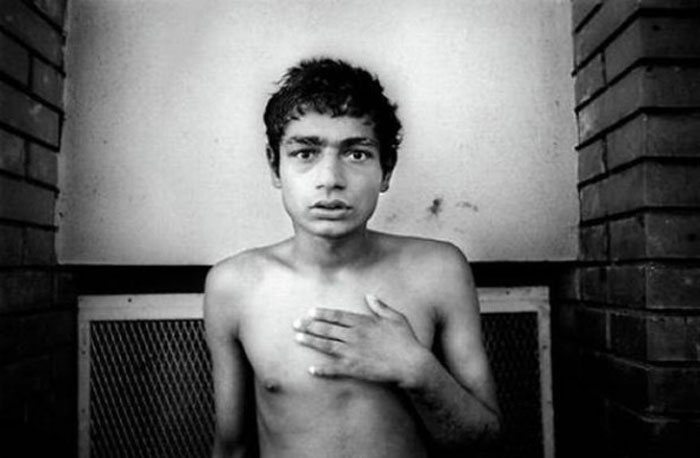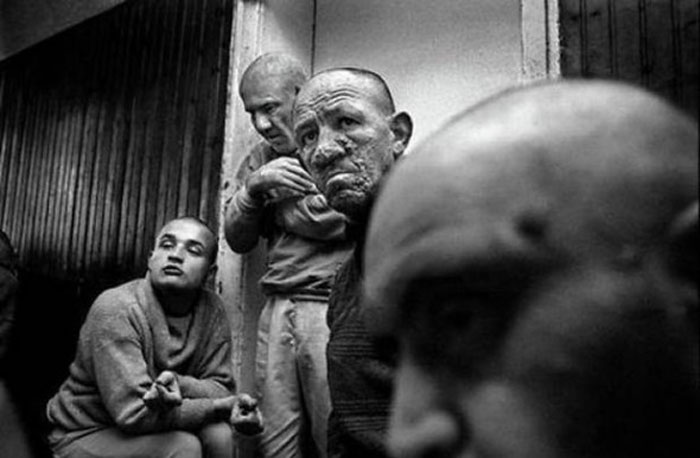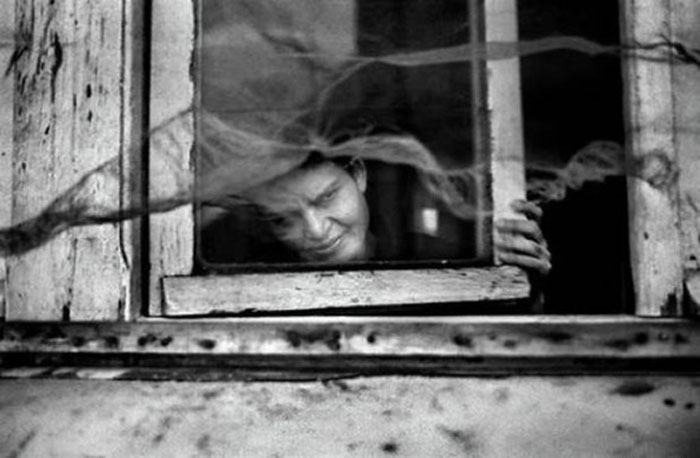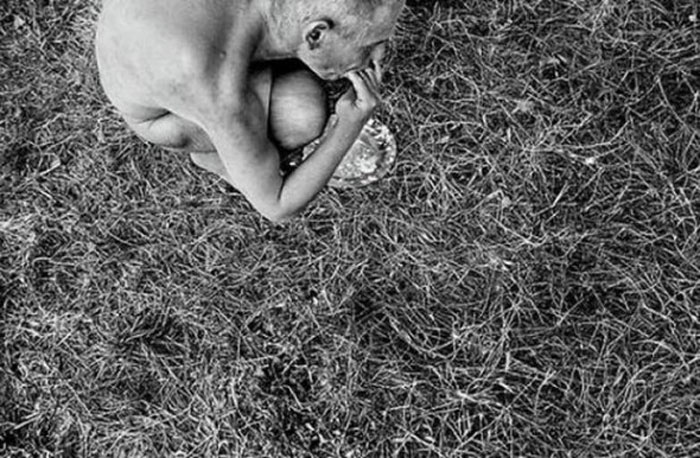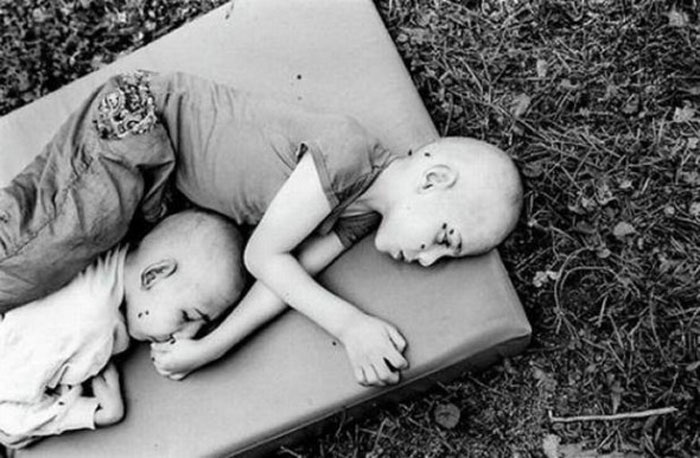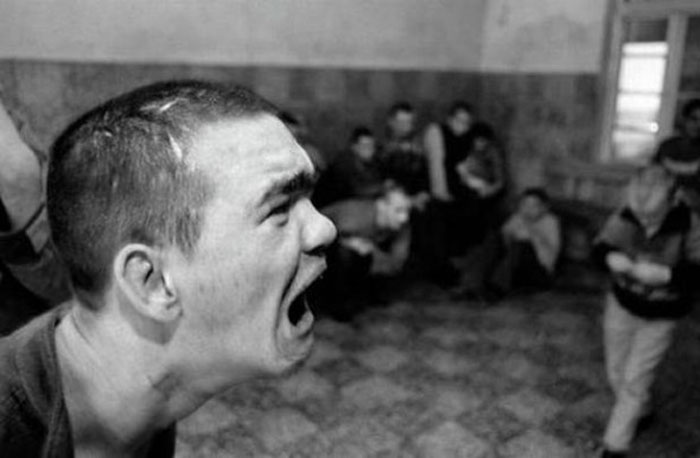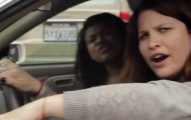Ordet “fruktansvärt” fick just en ny betydelse. Här får du se vad fotografen fick bevittna.
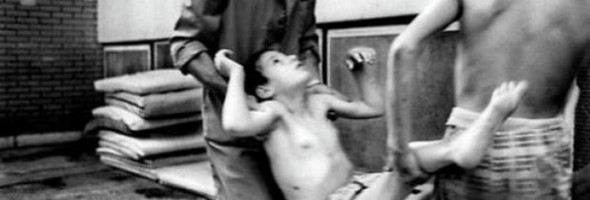
Mellan 1999 och 2002, efter de jugoslaviska krigen, bodde och arbetade fotografen George Georgiou i Kosovo och Serbien. Han fotograferade huvudsakligen följderna av NATO:s konflikt med Serbien. Han besökte psykiatriska institutioner och fotografierna han tog visar patienternas levnadsvillkor som chockar hela världen.
Tidigare hade George arbetat med att lära ut hur man fotograferar till folk med psykiska sjukdomar i på en praktik i London så han var inte främmande för psykiska institutioner eller psykiskt sjuka patienter. Men vad han fann i Kosovo och Serbien var så långt ifrån den samtida praktiken i London att han själv vart chockad.
George Georgiou har berättat med egna ord om hans upplevelse mellan åren 1999 – 2002:
“When I first visited the institutions they were hidden from the gaze of the general public and came as a shock to Serbs when they were exposed. Money, during the years of the Milosevic regime had drained away, leaving filthy conditions, contagious diseases, lack of medical care and rehabilitation and a failure to provide oversight due to an unmotivated low paid staff struggling with their own economic difficulties.
The worst aspect was the total lack of care and stimulation and the high number of people who should never have been in these places. People with physical disabilities, (the boy with no legs was a victim of a car accident and orphaned), downs syndrome, a high proportion of Roma or children whose misfortune was to have been born in the institutions. By living in this environment of deprivation, with little stimulation or compassion they start to display repetitive rocking behaviour and self-injury.
By 2002, on my final visits, money had been raised in a public campaign of awareness in Serbia and with the help of a number of NGO’s conditions had improved. For me, after the initial shock at the conditions and total lack of care, it became clear that the patients from all ethnic backgrounds were able to display more community, affection and care with each other, than the sad situation that their “sane” countrymen were displaying to each other on the outside.”
Like us on Facebook if you like stories like that:
[EPSB] [/EPSB]Like on Facebook

